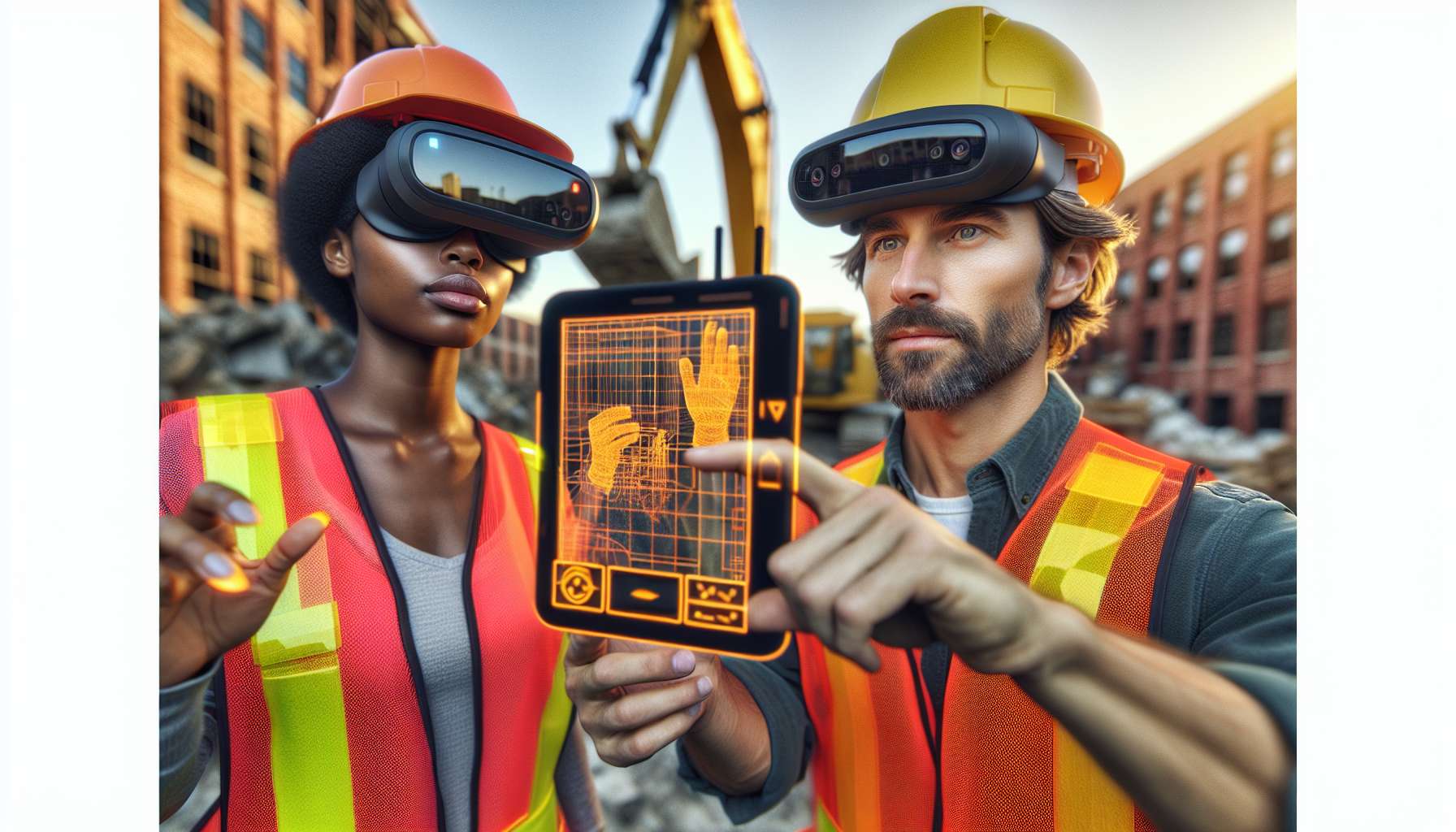Augmented Reality Applications in Construction
Construction is an industry that has always embraced innovation and technology to improve efficiency and productivity. In recent years, augmented reality (AR) has emerged as a game-changing tool in the construction sector, revolutionizing the way projects are planned, designed, and executed. In this article, we will explore the various applications of AR in construction and how it is shaping the future of the industry.
1. Visualizing Designs in Real-Time
One of the most significant advantages of AR in construction is its ability to provide real-time visualization of designs. With AR, architects, engineers, and contractors can overlay digital models onto the physical environment, allowing them to see how the finished project will look before construction even begins. This not only helps in identifying design flaws and making necessary adjustments but also enables stakeholders to make informed decisions and avoid costly mistakes.
2. Enhancing Collaboration and Communication
AR technology facilitates seamless collaboration and communication among project teams. By using AR-enabled devices, such as smart glasses or tablets, on-site workers can access and share information instantly. For example, workers can view 3D models, blueprints, and instructions overlaid onto the physical space, eliminating the need for bulky paper documents. This improves efficiency, reduces errors, and ensures that everyone is on the same page, leading to smoother project execution.
3. Improving Safety and Training
Safety is a top priority in the construction industry, and AR has proven to be a valuable tool in enhancing safety measures. AR can provide workers with real-time information about potential hazards, safety protocols, and emergency exits, overlaid onto their field of view. This helps in preventing accidents and ensuring compliance with safety regulations. Additionally, AR can be used for training purposes, allowing workers to practice complex tasks in a virtual environment before performing them on-site.
4. Streamlining Project Management
AR technology offers significant benefits in project management by streamlining various tasks and processes. For instance, project managers can use AR to track progress, monitor resources, and visualize project timelines. By overlaying digital information onto the physical site, managers can quickly identify bottlenecks, make data-driven decisions, and optimize resource allocation. This leads to improved project efficiency, reduced costs, and timely completion.
5. Enhancing Client Engagement
AR has the power to transform the way clients interact with construction projects. Instead of relying on 2D drawings or computer-generated renderings, clients can experience a project in a more immersive and realistic way through AR. They can walk through virtual models, visualize different design options, and provide feedback in real-time. This not only improves client satisfaction but also helps in avoiding misunderstandings and ensuring that the final product meets their expectations.
Conclusion
As the construction industry continues to evolve, augmented reality is playing a pivotal role in driving innovation and transforming traditional practices. From visualizing designs in real-time to enhancing collaboration, improving safety, streamlining project management, and enhancing client engagement, AR is revolutionizing the way construction projects are planned, executed, and experienced. By embracing AR technology, construction companies can unlock new opportunities, improve productivity, and stay ahead in an increasingly competitive market. The future of construction is being built with augmented reality, and the possibilities are truly exciting.





